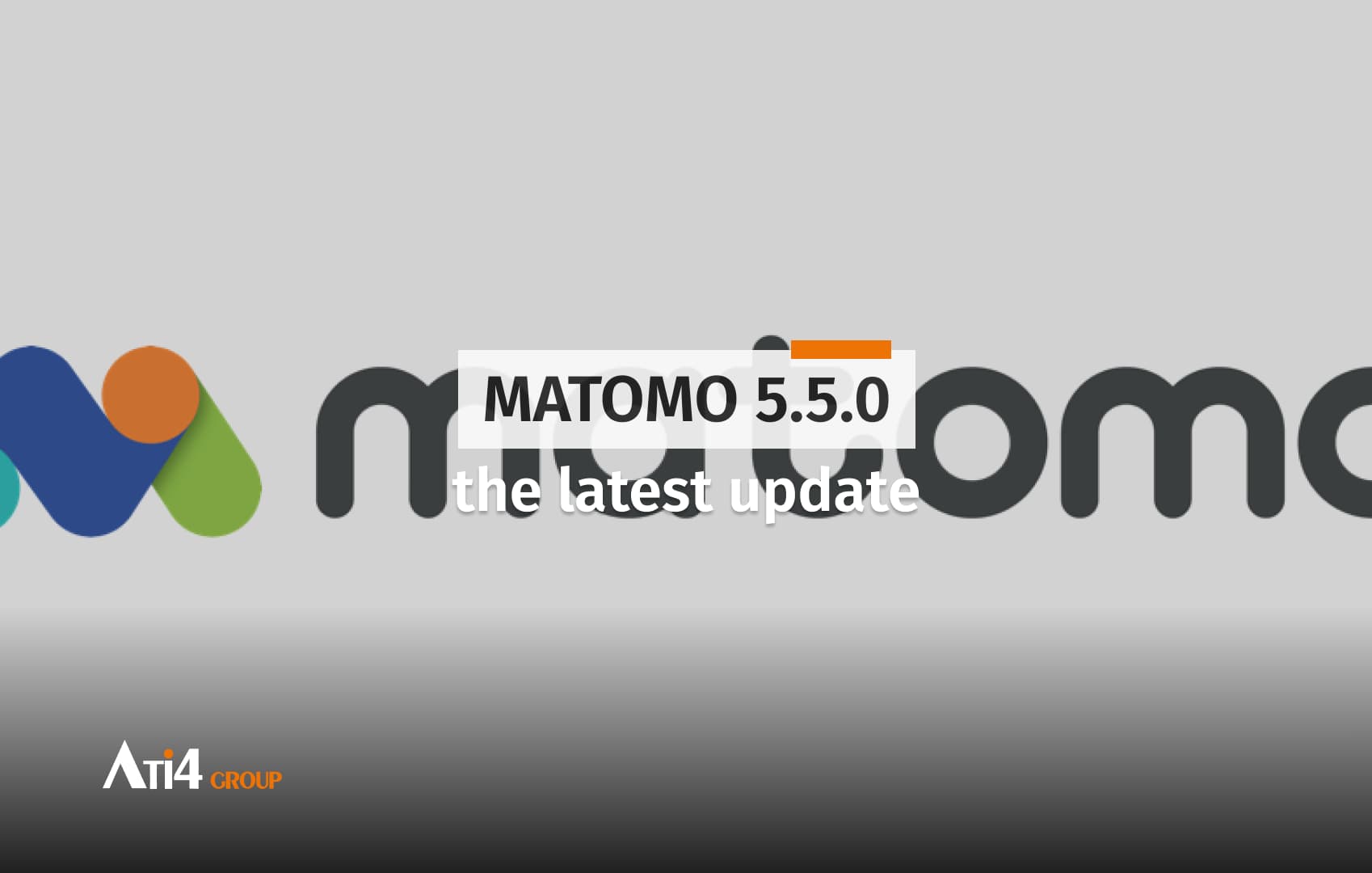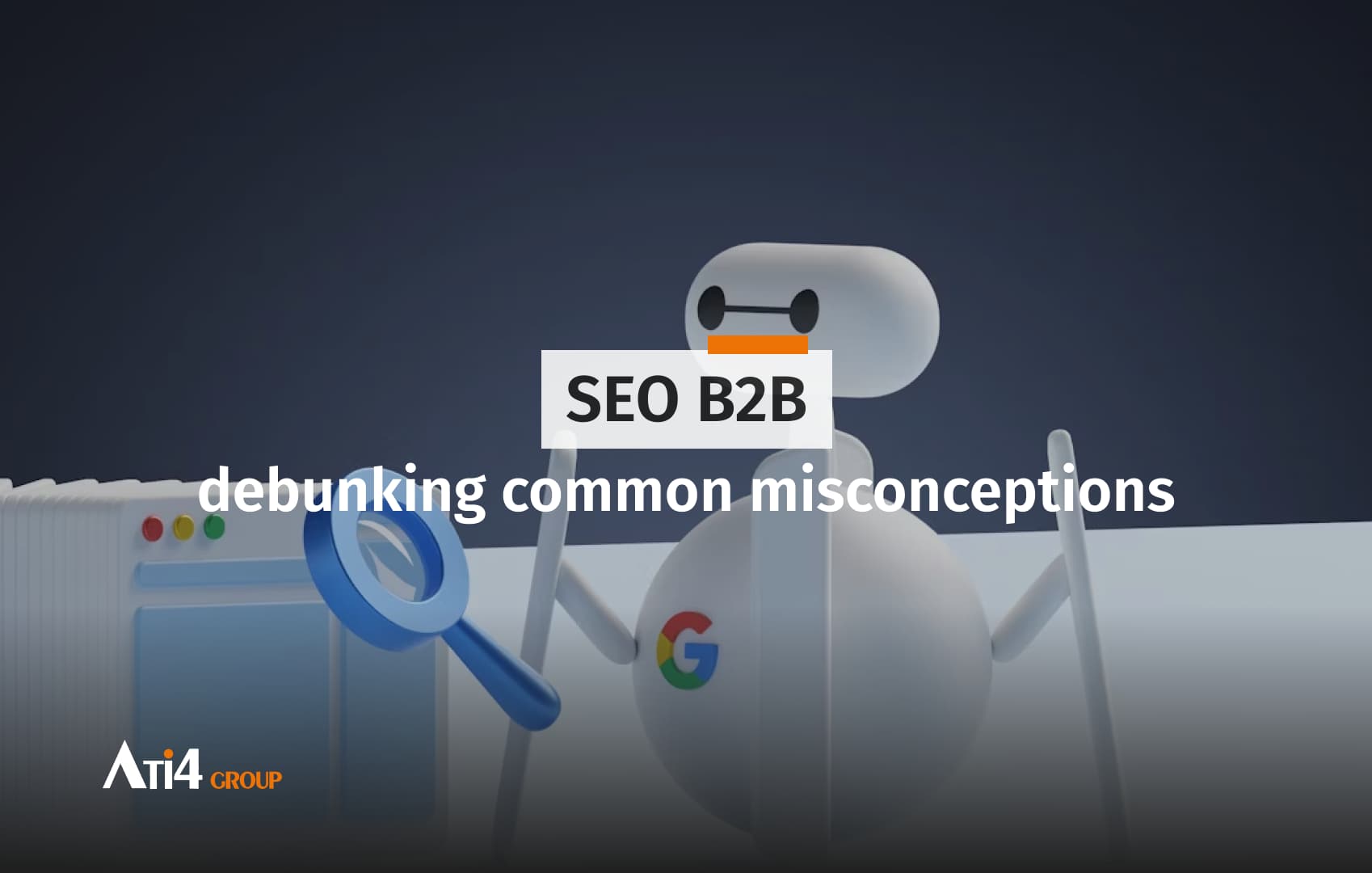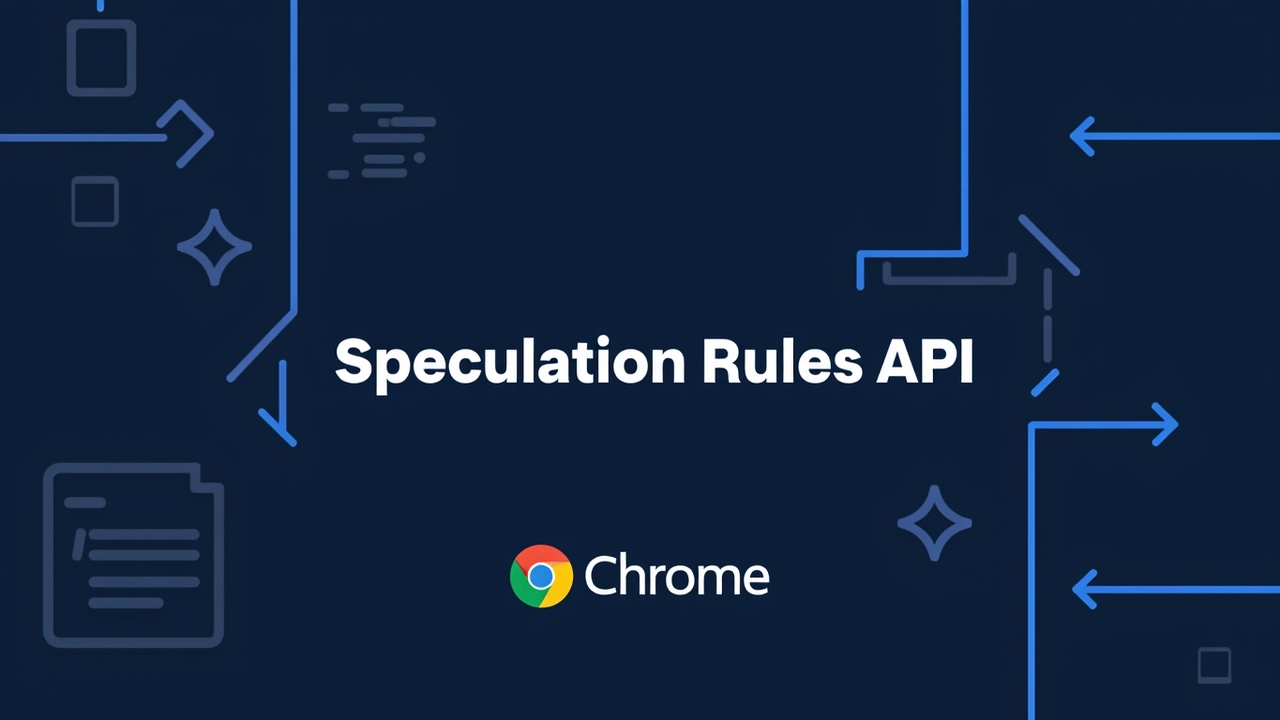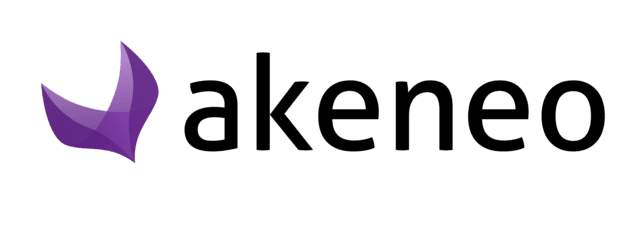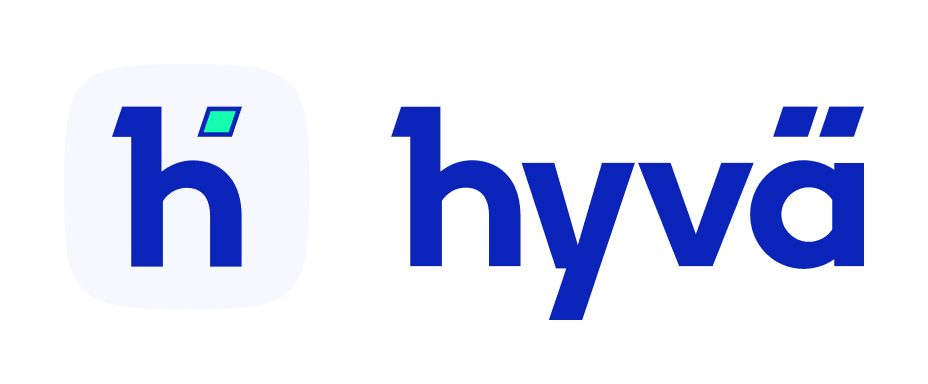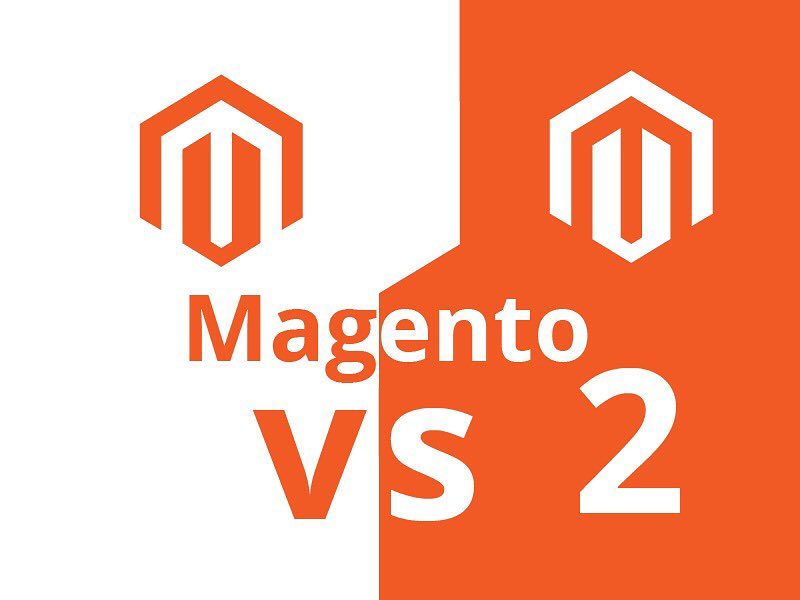Writing your SEO content with the inverted pyramid method.
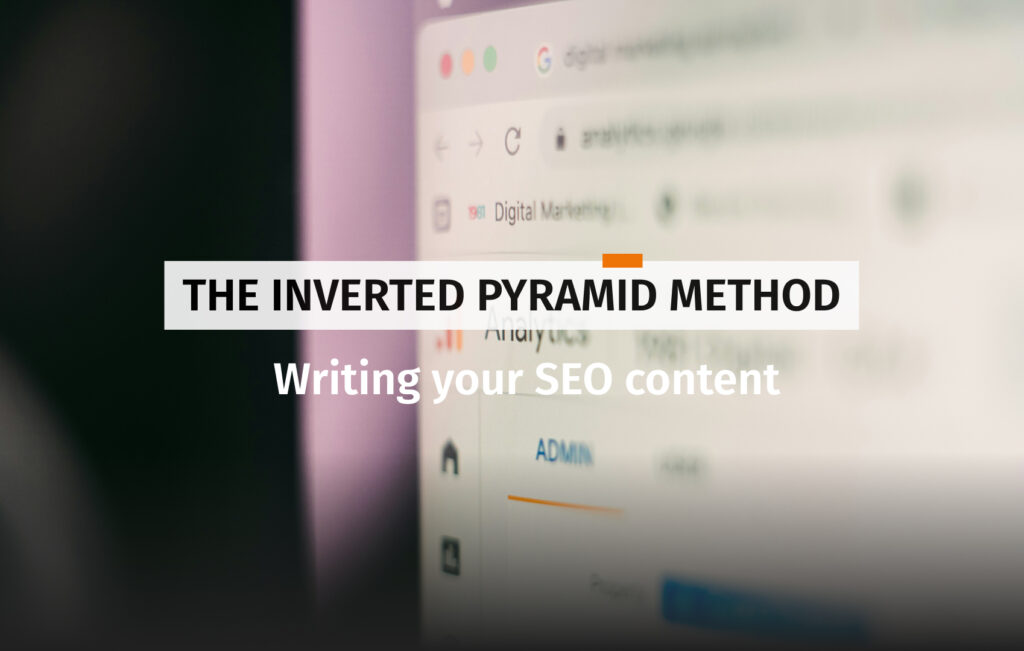
Web writing increasingly borrows techniques from journalism, and one of the most effective for capturing attention is the inverted pyramid. This approach consists of placing the most essential information at the very beginning of the text, then progressively developing the details and context. When creating online content, this method allows you to directly address users’ expectations. In other words, you get straight to the point by quickly providing the answer they’re looking for, while still offering the possibility to dig deeper if they want to.
Beyond satisfying impatient readers, the inverted pyramid is also a powerful lever for SEO. Structuring your content this way makes it easier for search engines to analyze, which in turn maximizes your pages’ ranking potential.
What is the inverted pyramid ?
The inverted pyramid is a writing technique inherited from journalism, where the most essential information appears at the very beginning of a piece. It also builds on the 5W method (What, Who, When, Where, Why, How) to deliver clear, concise, and complete answers.
Unlike a traditional narrative, where ideas are developed gradually toward a conclusion, the inverted pyramid follows a descending structure: start with the essential, then progressively add supporting details, explanations, and complementary insights.
The goal is immediate comprehension. This is perfectly aligned with the way people consume information online today. Attention spans are shrinking, and digital reading behaviors differ significantly from print: most users scan content in a Z-shape or diagonally, only looking for key information. Studies show that only 10–20% of readers follow a linear path, while 74% stop reading above the fold (the visible area before scrolling).
This is where the inverted pyramid shines. By presenting the main information first, you immediately capture attention and reduce bounce rates—users stay longer because they’ve already found what they were looking for.
Understanding the structure of the inverted pyramid
The inverted pyramid follows a simple logic: start with the essentials, expand with details, and finish with additional context or resources. For SEO and web writing, this structure unfolds in three levels.
Level 1: The Top – Crucial Information (Lead)
The top of the pyramid is your first paragraph—the one that must directly answer the user’s query. In about 50–75 words, you should naturally integrate your primary keywords, state the core information, and grab attention with a compelling hook.
It may feel counterintuitive to give away the answer immediately, but that’s exactly what users expect. By directly addressing their search intent, you increase the likelihood they’ll continue reading the article.
Data confirms this behavior: according to the NN Group, 79% of users scan a new page, only 16% read every word, and the average visitor spends just 10 seconds deciding whether to stay. Delivering the key information upfront—followed by a relevant call-to-action (CTA)—dramatically improves clicks and engagement.
Level 2: The Body – Essential details
Once the core information is delivered, it’s time to develop your key arguments. This is where you add evidence, examples, and data that reinforce credibility.
It’s also the best place to expand your semantic field by using long-tail keywords to strengthen SEO relevance. Organize the content logically to sustain reader interest and highlight the value of your message.
Level 3: The Base – Additional information
The base contains contextual and supporting information: technical details, background, nuances, or external resources for deeper exploration.
At this stage, the main message is already clear, so these complementary insights enrich understanding and boost credibility. The conclusion should summarize key points and end with a strong CTA (download a guide, sign up for a newsletter, request a quote, etc.).
What are the SEO benefits ?
The inverted pyramid method is also a tool to integrate into your SEO strategy. Google favors content that quickly delivers value. Structuring your articles according to this logic increases your chances of appearing in featured snippets (these are summaries of answers to frequently asked questions) and improving your behavioral signals (click-through rate, time spent on page, engagement).
You build your content by taking into account the real reading behaviors of internet users. On screen, reading is not linear: it is often done in a Z-pattern or diagonally. The user quickly scans the content to identify the elements that interest them. The essential information must be visible immediately, to capture attention at first glance and improve readability, especially on mobile.
The SEO inverted pyramid differs from its journalistic version through the integration of optimization techniques:
- Front-loading of keywords within the first 100 words,
- Semantic structure optimized according to search intent,
- Hierarchical HTML tags (H1, H2, H3),
- Rich snippets facilitated by a clear and logical structure.
The pyramid structure makes it easier for Google to extract information, which also increases your chances of appearing in position zero (the box displayed above results). Concise and direct answers at the beginning of an article are perfectly suited to optimized snippets. And this format improves organic CTR (and therefore your brand’s visibility).
With more than 65% of internet traffic in France coming from mobile, the inverted pyramid is an ideal format for small screens. Since the essential information is placed at the top of the page, it is immediately visible without scrolling. This improves the mobile user experience and strengthens SEO relevance, as keywords and semantics are concentrated in the most viewed section.
The application of the inverted pyramid continues to evolve with technological innovations and new digital uses.
Search engines, thanks to artificial intelligence and natural language processing (NLP), are better and better at understanding the context and nuances of content. The intent matching (the alignment between search intent and the proposed content) has become a central criterion in SEO.
The inverted pyramid method is a strategic approach that perfectly aligns modern SEO requirements with user expectations. It transforms your web content’s performance by optimizing both user experience and ranking signals.
Systematically applying this structure in your content marketing strategy generates sustainable, measurable results: higher organic rankings, more qualified traffic, and stronger conversions. In today’s digital ecosystem, where attention is the scarcest resource, mastering the art of capturing interest in the very first lines is a true competitive advantage.
Find out what’s new at the company.
Because mixing fun and work is at the heart of our philosophy, we always try to make a special place for it in our business life.






